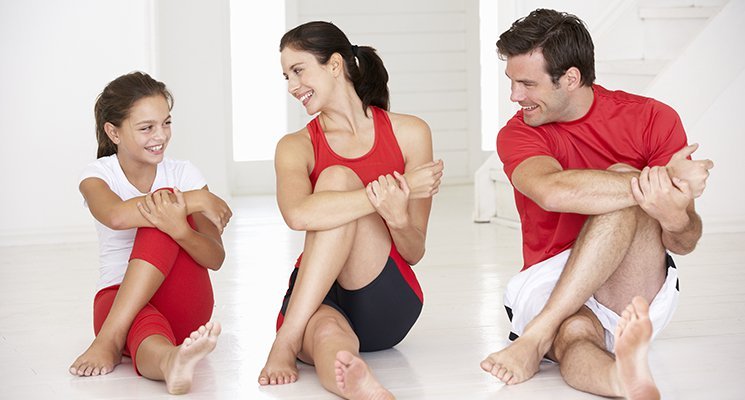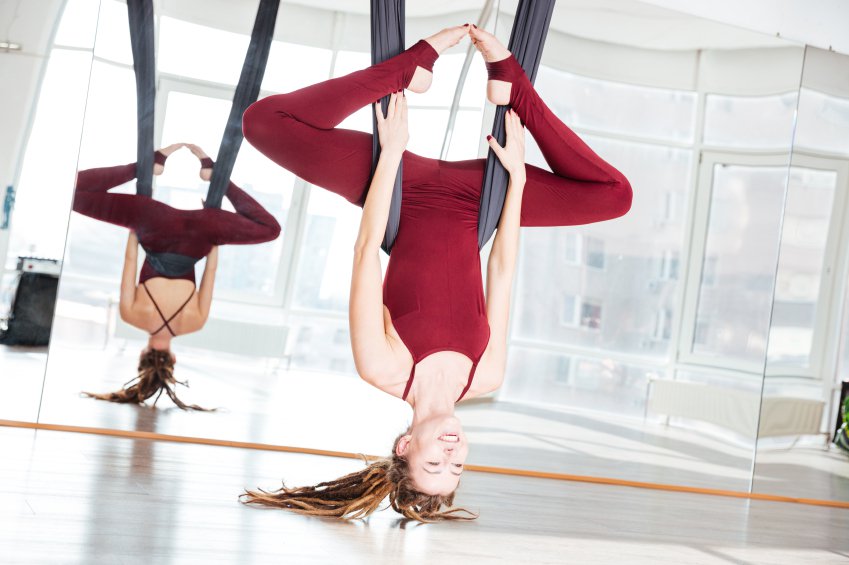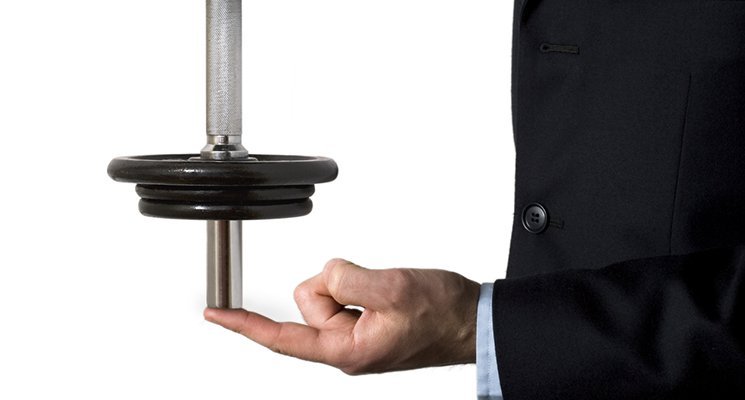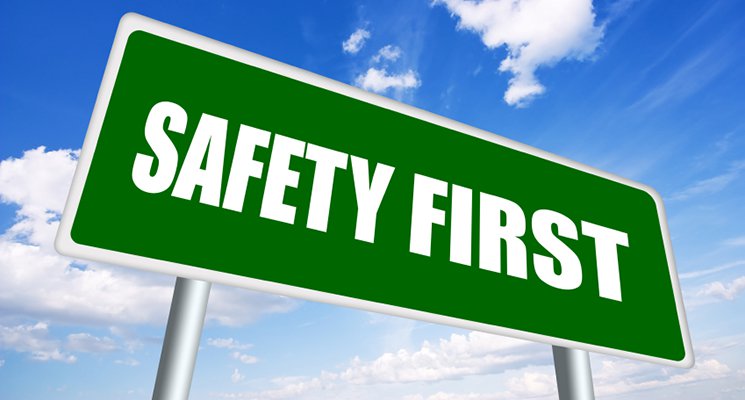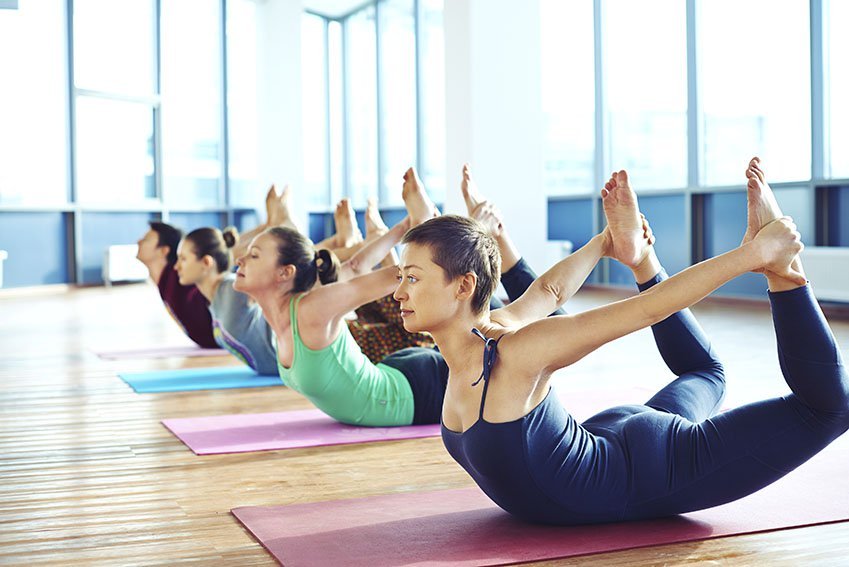Have you ever heard of Endowed Progress Effect?
It’s the idea that when we feel we have made progress towards a specific goal, we are more committed to reaching that goal. If we do not recognize any progress we are making towards a goal, the more likely we will abandon all efforts to reach it. So, the key to this phenomenon is perception.
So where is this going?
Loyalty Programs. Yes, it turns out that this psychological concept has resulted in the ever-increasing popularity of loyalty programs across all types of businesses. Coffee shops, large-restaurants chains, merchandise stores, and spas have all adopted this trend, and more recently, so too has the health and fitness industry.
So what loyalty and retention strategies can you use to accomplish this?
There is a myriad of strategies to choose from. Awarding clients “free” points up front is a great tactic. Punch cards have proven to be extremely successful across all businesses. The idea is that once a person has had all the slots on their card punched, they will be rewarded. For example, you can give members a “punch” every time a member comes in per week or uses a certain machine. A great tactic that coincides with this is to start them off with three or so punches (for signing up, being a new member, etc.) so that they feel they are that much closer to their reward. This plays right into the Endowed Progress Effect because we know that people work harder to achieve a goal when they feel like they are close to reaching it. Rewards for full punch cards can range from a discount, free item, or a free class or program.
The best part is, you are rewarding members for actions they are most likely already doing including attending classes and referring friends and family, but you have just added a huge incentive to increase this behavior. That client may not be more inclined to refer more friends, purchase more classes and buy more merchandise just to reach that full punch card reward. The revenue and recognition possibilities from these programs are endless! Excited yet? Well, before you begin your new endeavor into loyalty programs at your facility, here are a few things to keep in mind:
1. Ability to Document Progress:
We mentioned before the Endowed Progress effect is based on perception. This means that clients need to see physical proof that they are making progress for these programs to be effective. Make sure you are able to document when clients reach each milestone.
2. Instant gratification:
First, clearly define each milestone of your motivational program and then ensure that clients who meet them are rewarded immediately. If clients have to wait forever to receive their prize, they will lose steam in their efforts to reach the next milestone or their ultimate goal.
3. Achievable goals!
It is physically impossible to lose 30 pounds (at a healthy pace) in a week! Therefore, make sure to speak with clients about their goals and manage expectations. Remember the flip side of the Endowed Progress Effect: When there is no perceived progress, this results in demotivation.
4. Invest in management software that tracks client progress:
If your programs rely on client information that you cannot integrate with your current software solution, this is counterproductive. If your software solution cannot provide accurate results, clients will become frustrated and less motivated to keep working towards their goals.
5. Valuable and Relevant Rewards:
If you are a fitness facility, rewarding members with ice cream coupons would not be beneficial to your clients and would consider moving business elsewhere. Instead, reward members with merchandise with your company logo, such as shirts, hats, water bottles, towels or any other items that reflect back on your brand and the industry.
A rewards program–if implemented correctly–can be a major source of revenue and growth for your business. Build relationships with your clients by offering efficient, trackable, result-driven programs to promote brand loyalty and establish a community that members and prospects want to return to.
